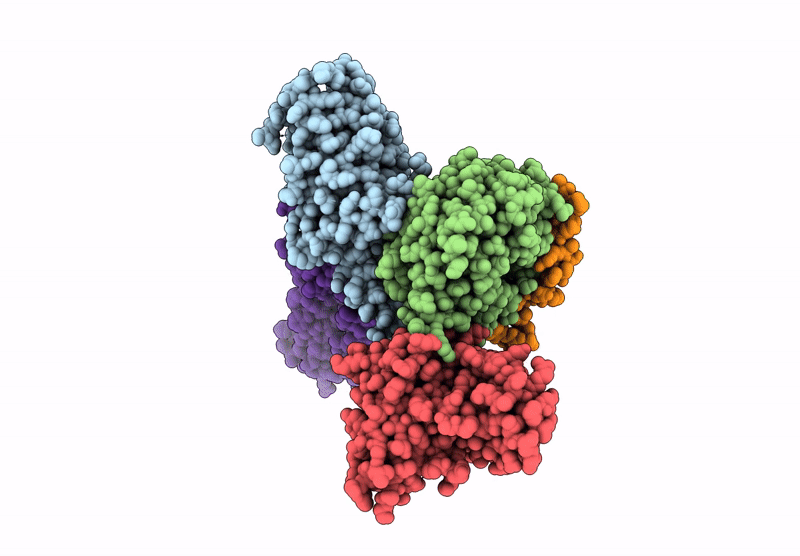
Deposition Date
2024-08-06
Release Date
2025-05-07
Last Version Date
2025-05-28
Entry Detail
PDB ID:
9D0A
Keywords:
Title:
CryoEM structure of PAR2 with endogenous tethered ligand.
Biological Source:
Source Organism:
Homo sapiens (Taxon ID: 9606)
unidentified (Taxon ID: 32644)
unidentified (Taxon ID: 32644)
Host Organism:
Method Details:
Experimental Method:
Resolution:
3.10 Å
Aggregation State:
PARTICLE
Reconstruction Method:
SINGLE PARTICLE


